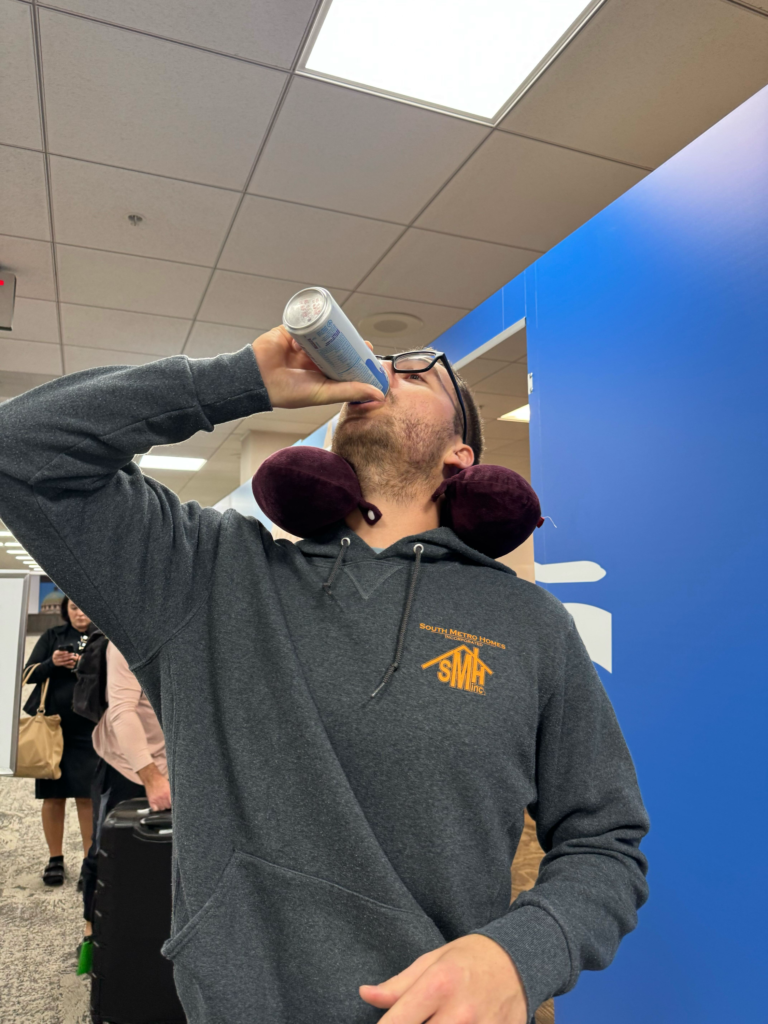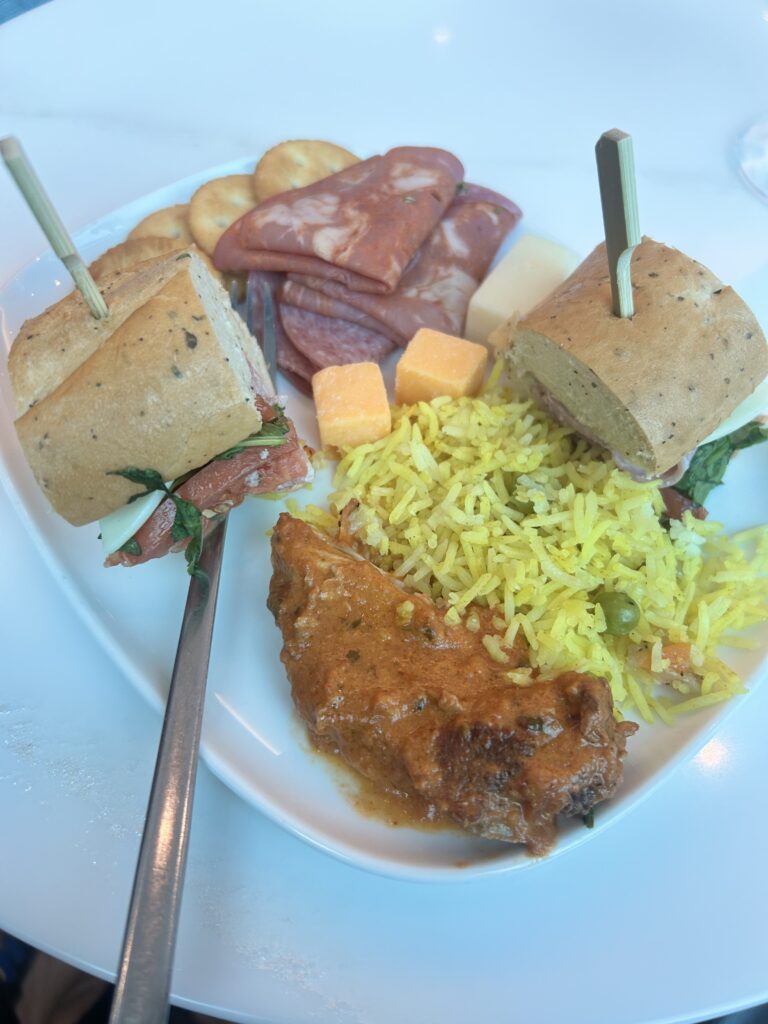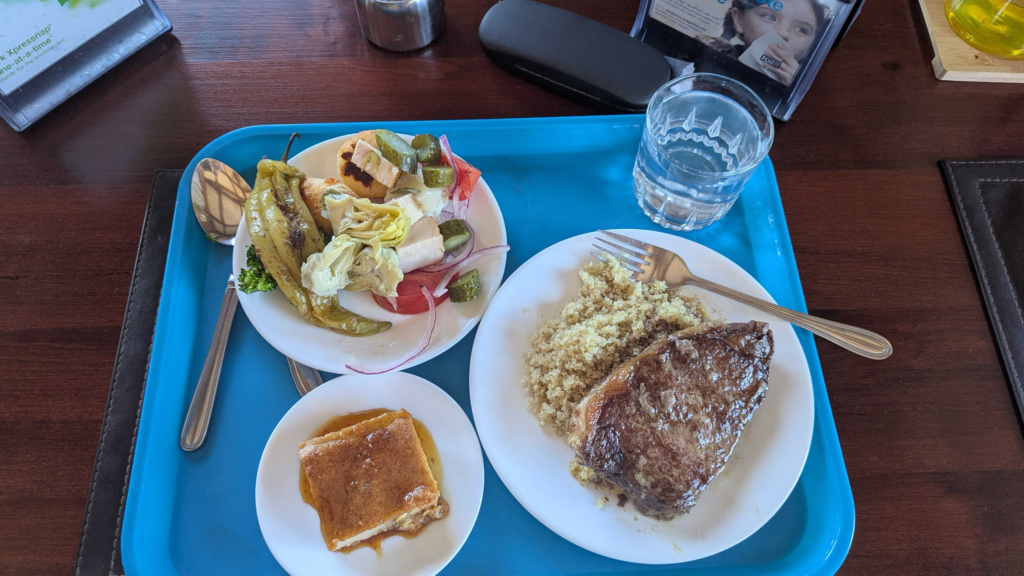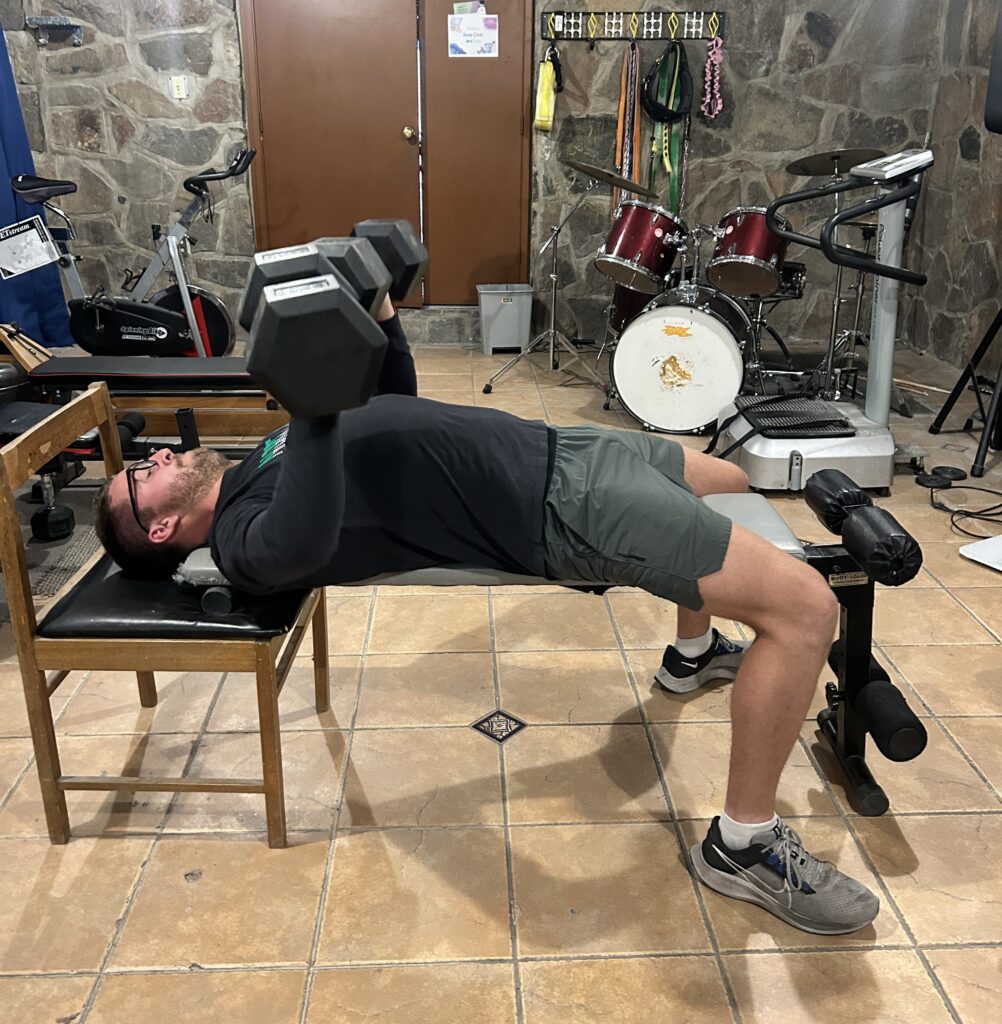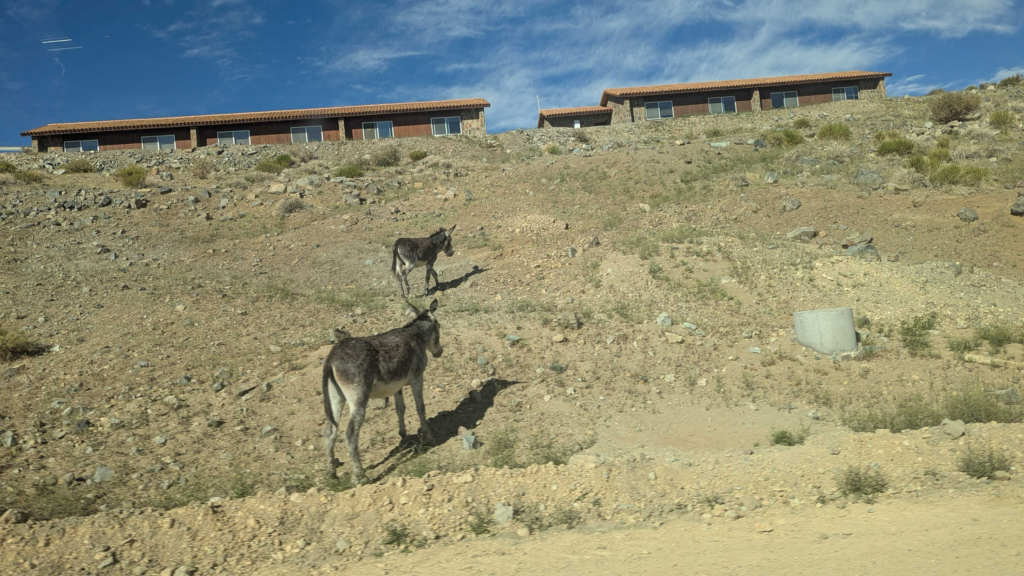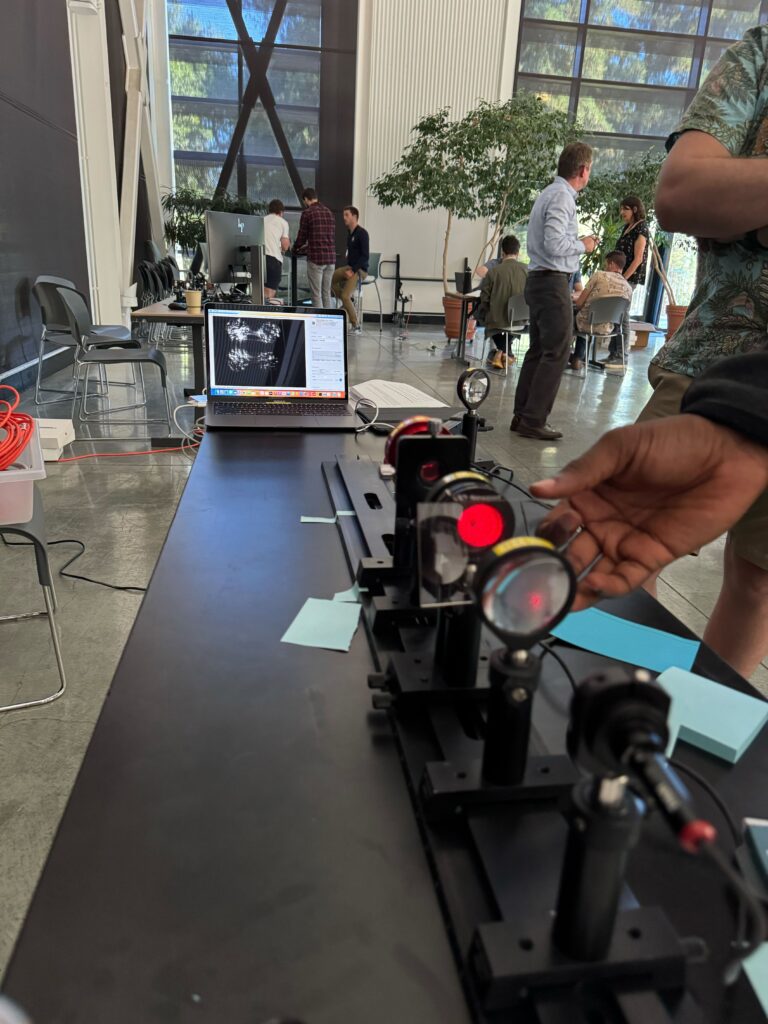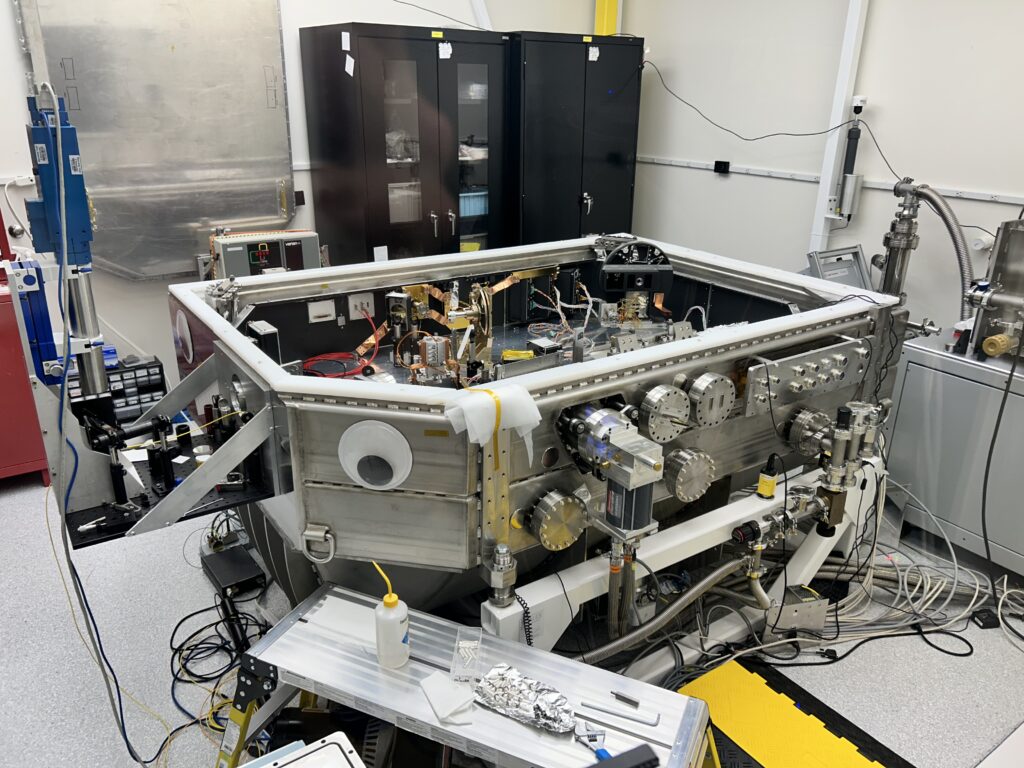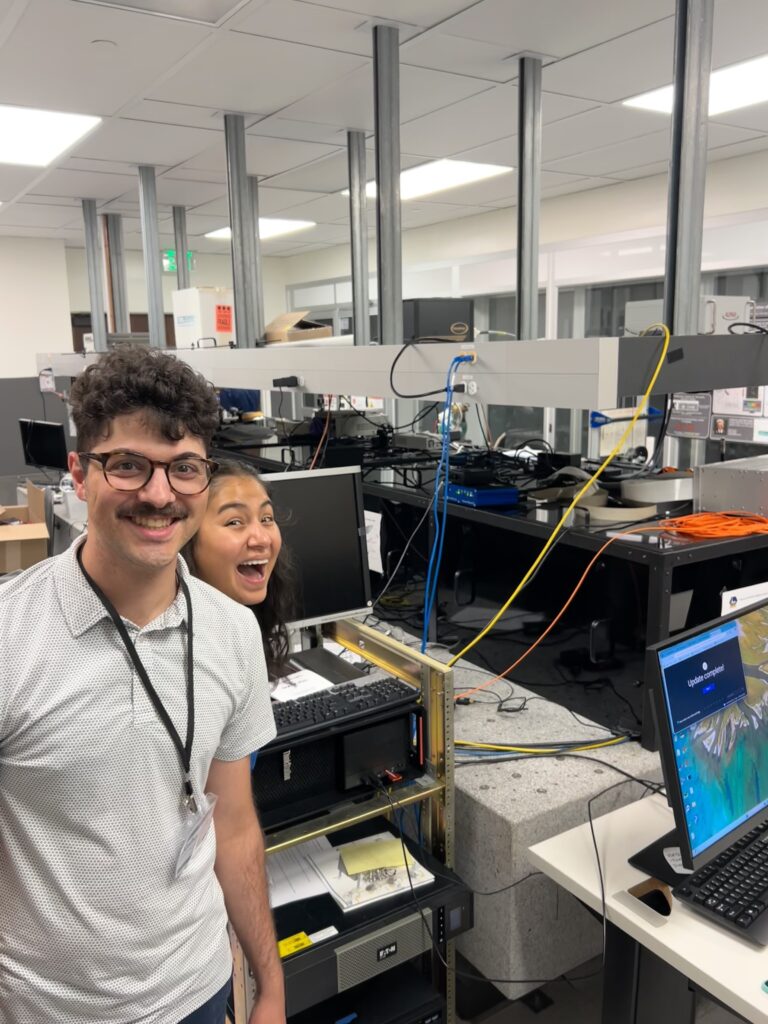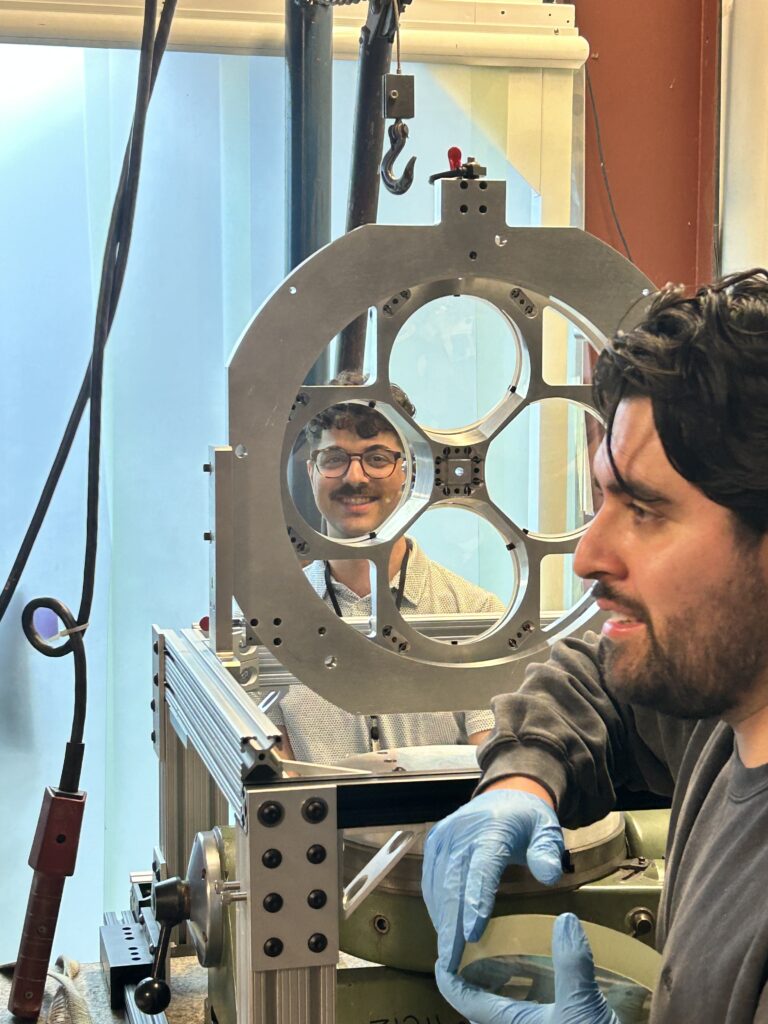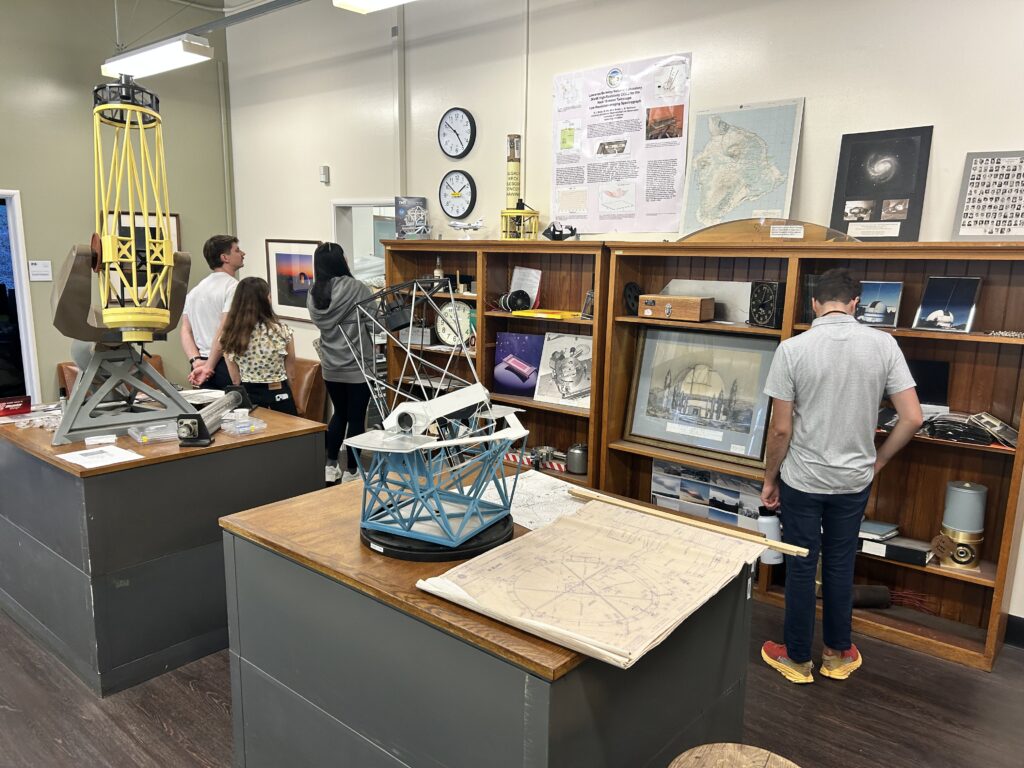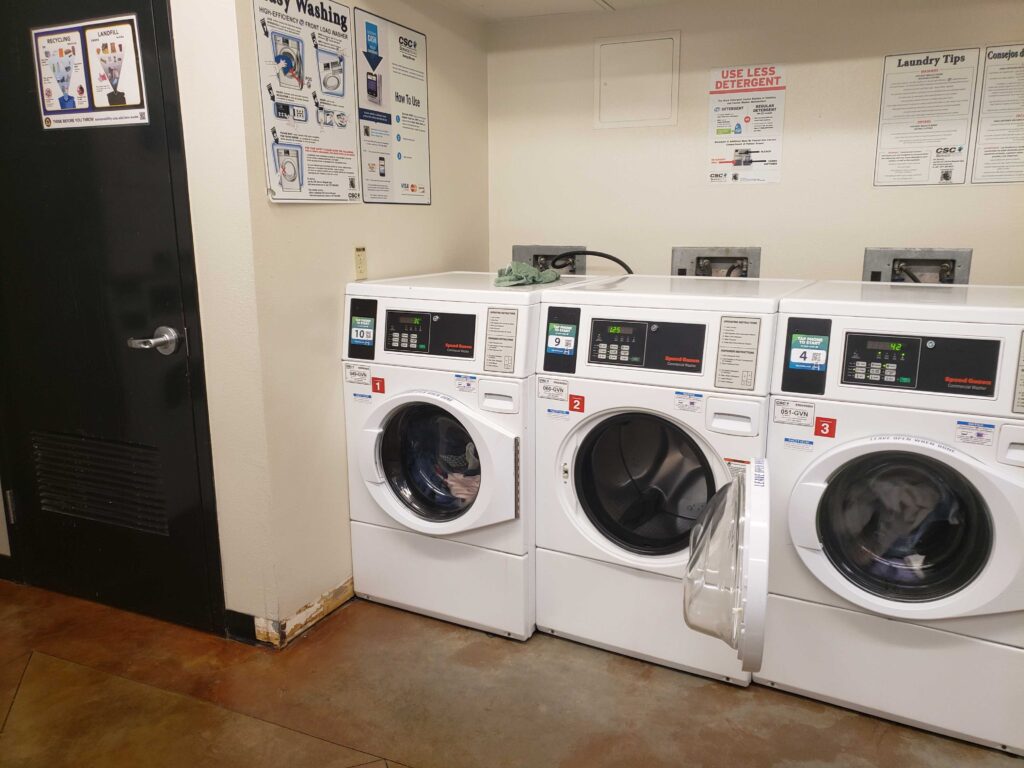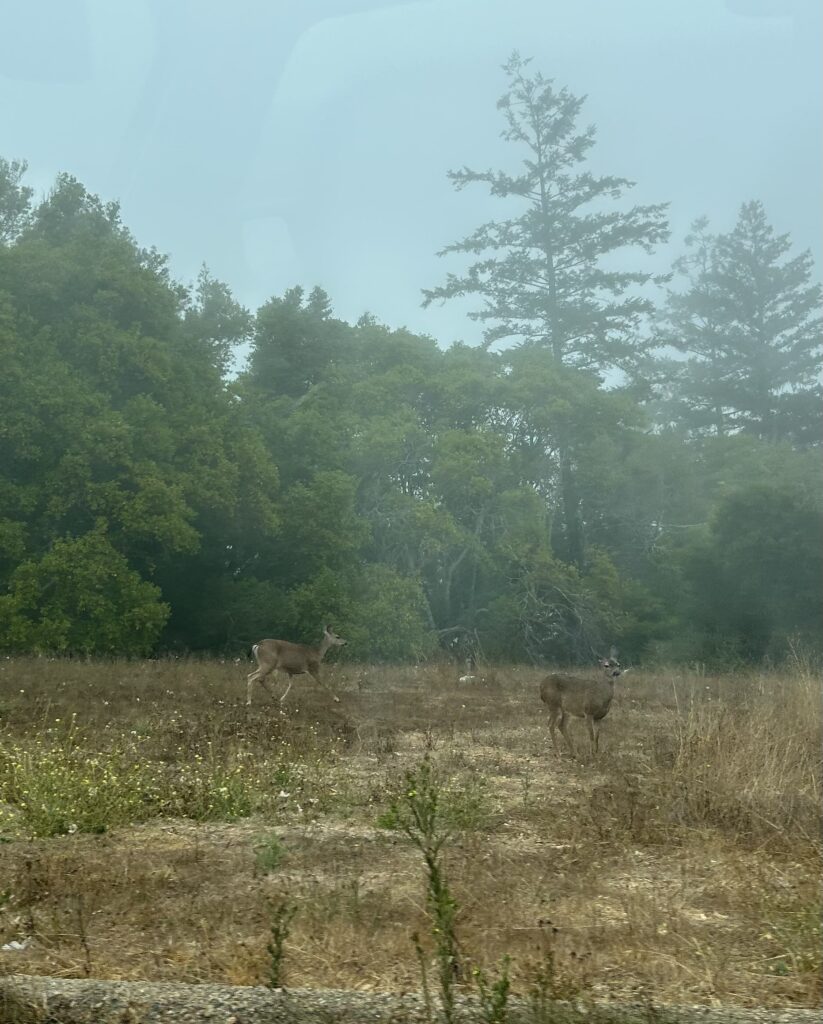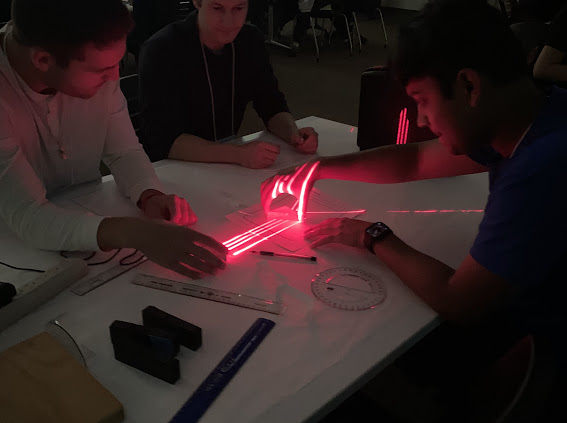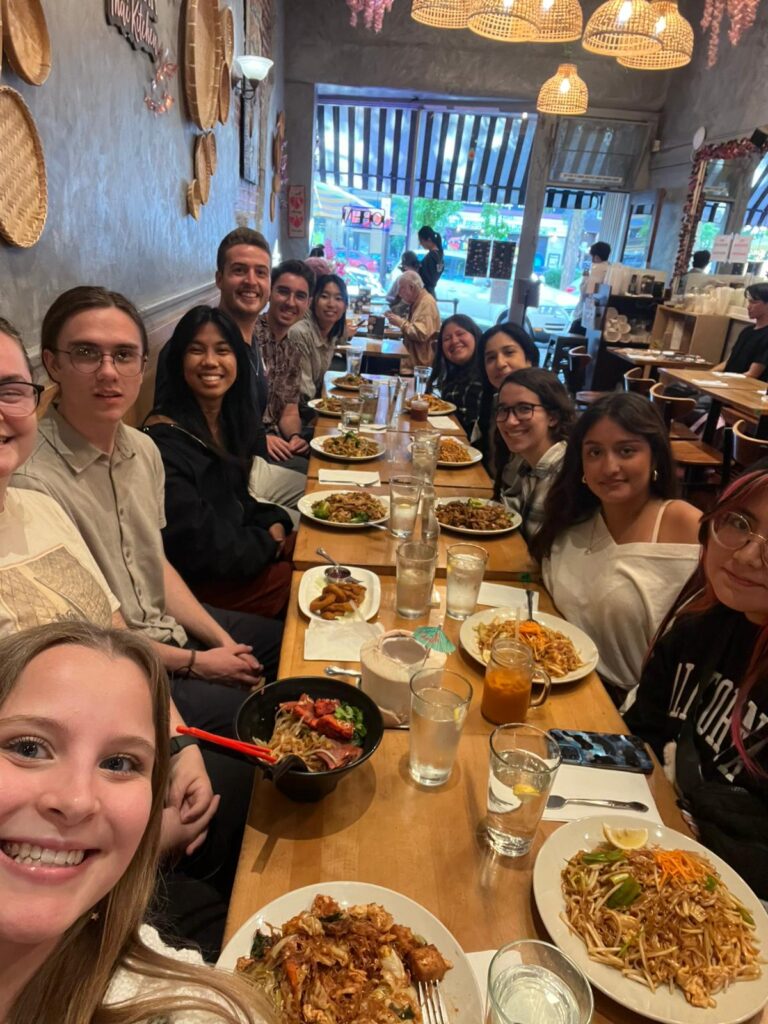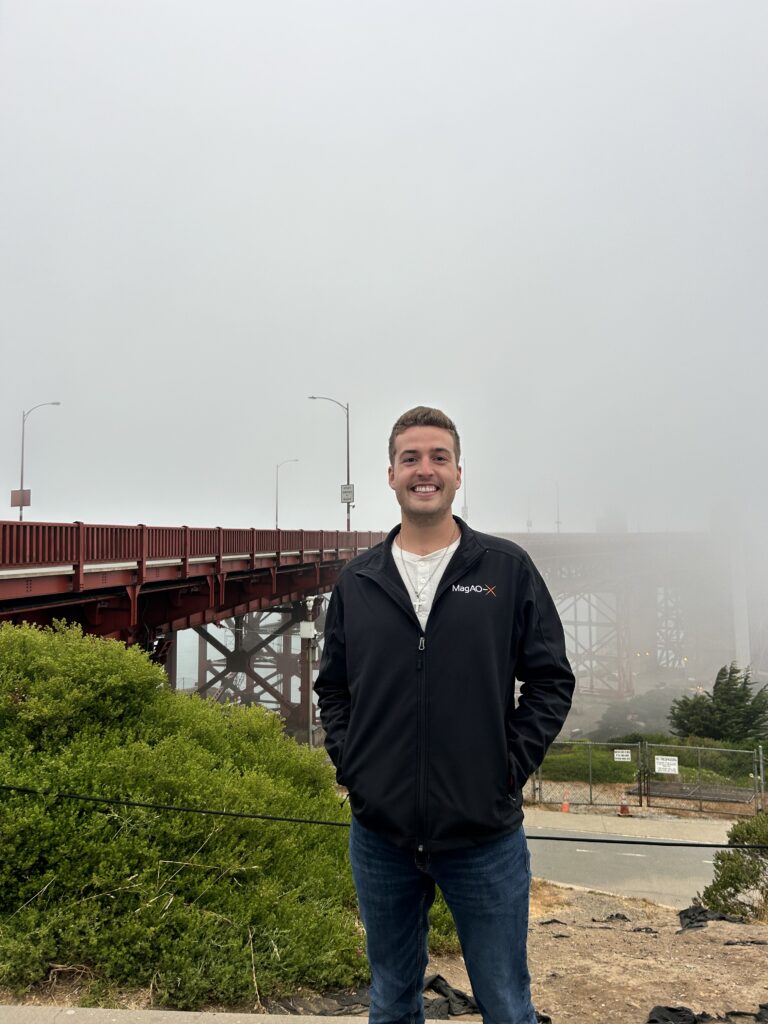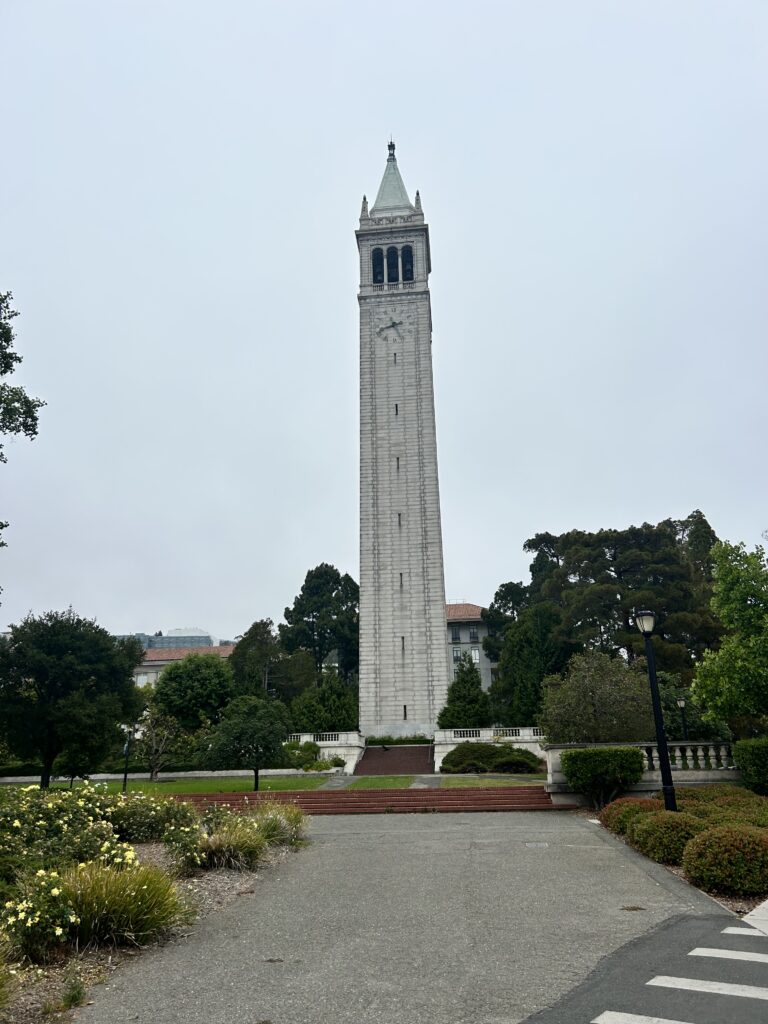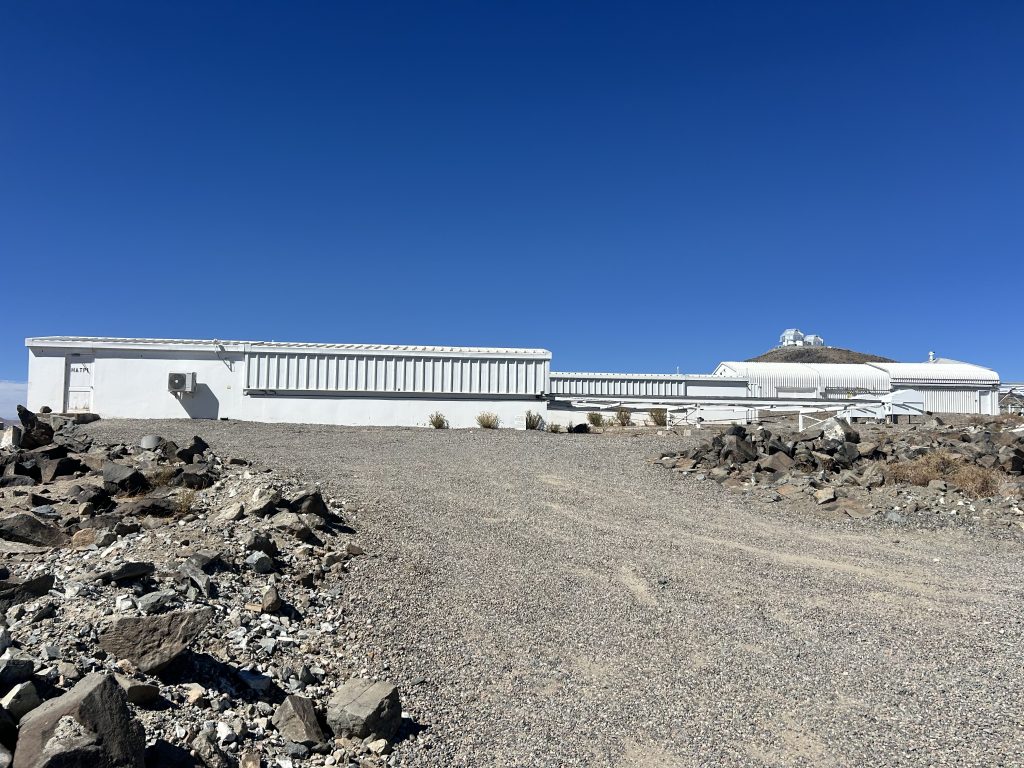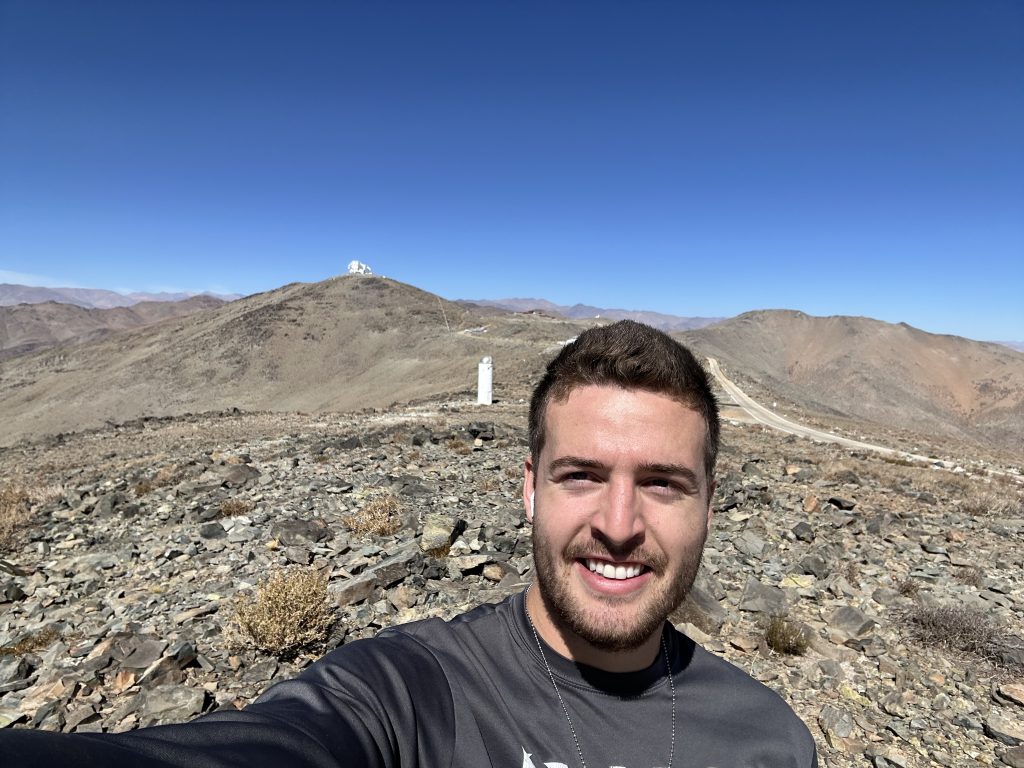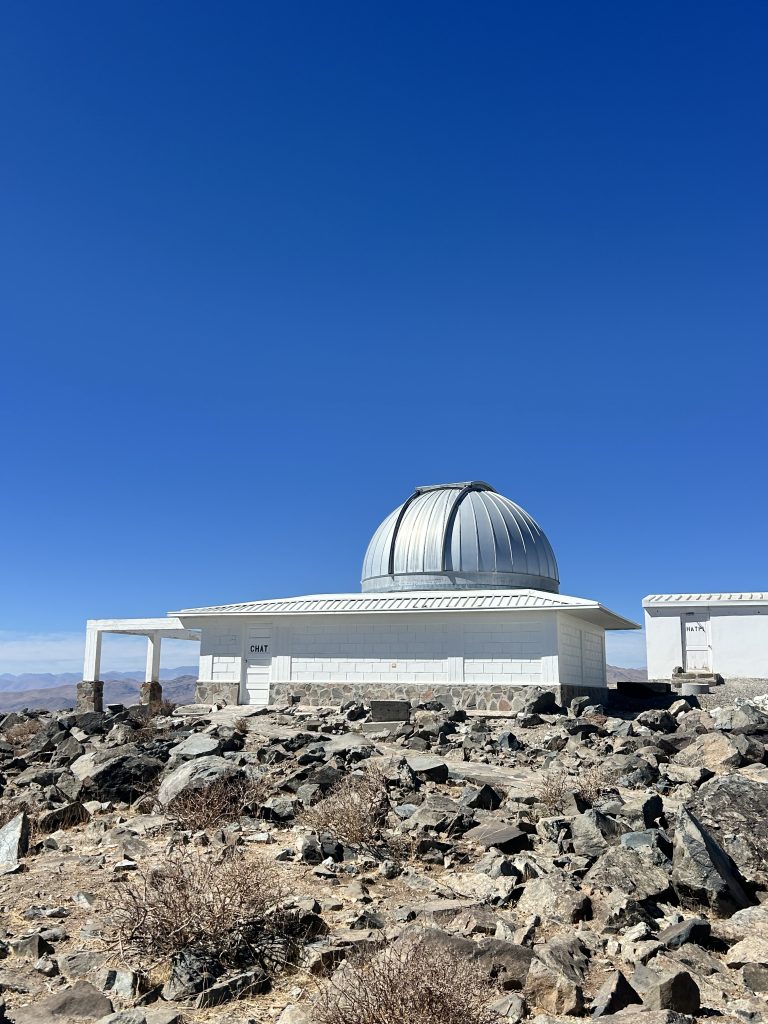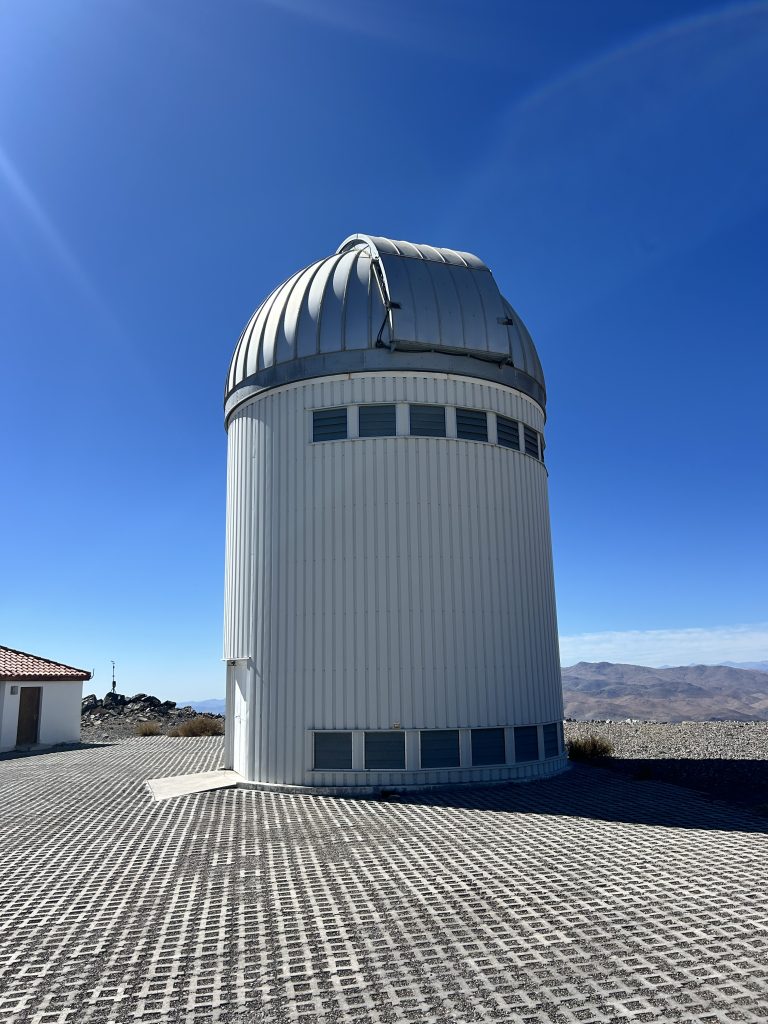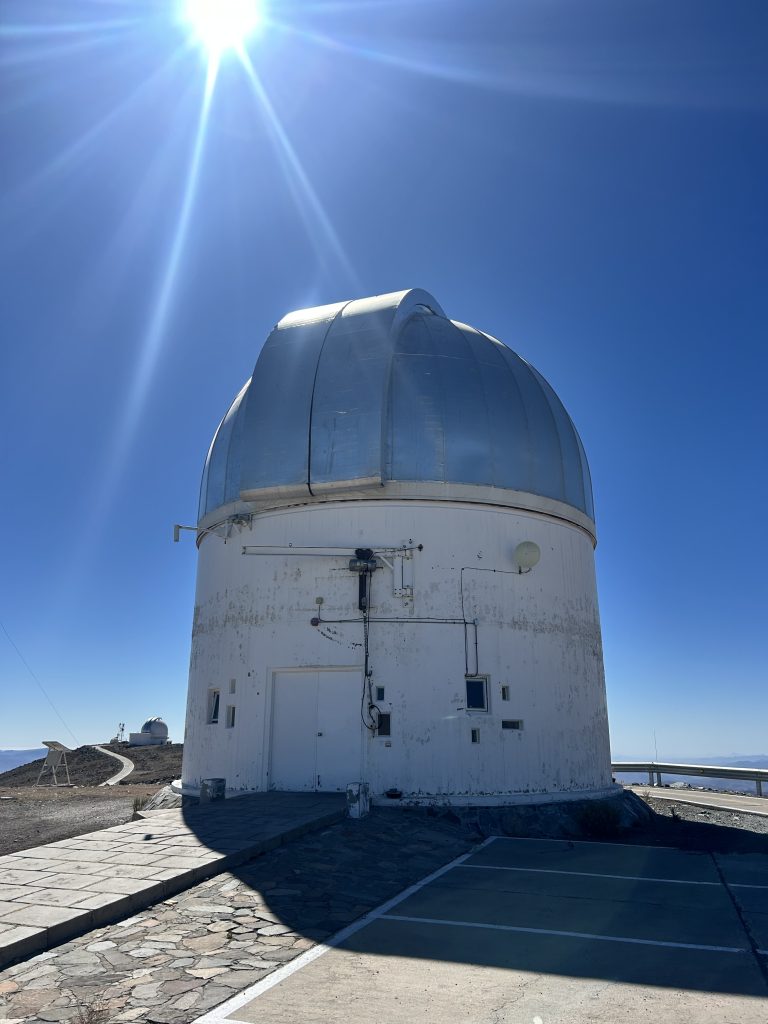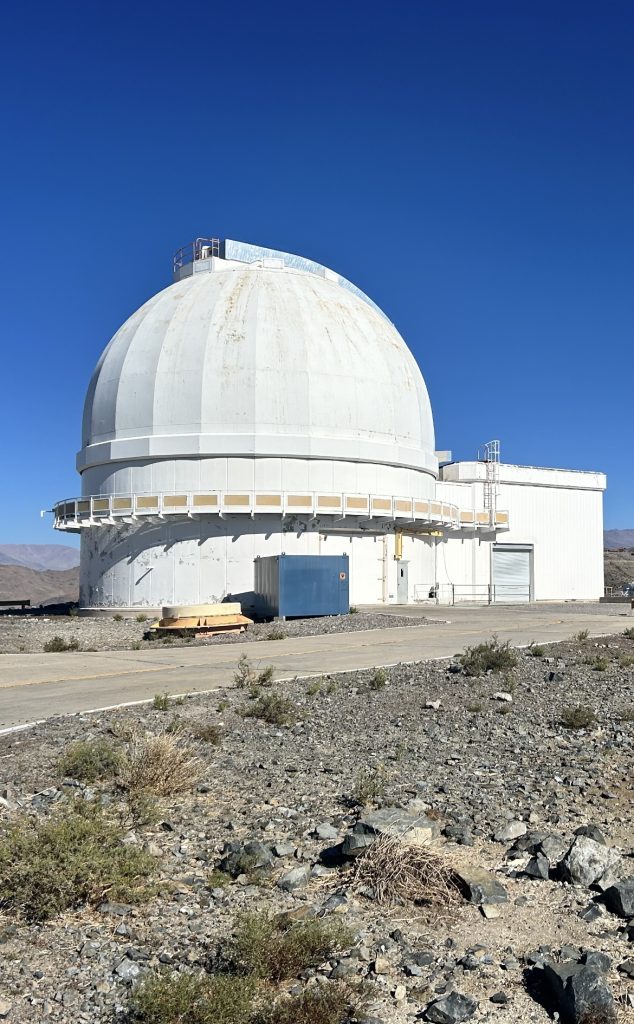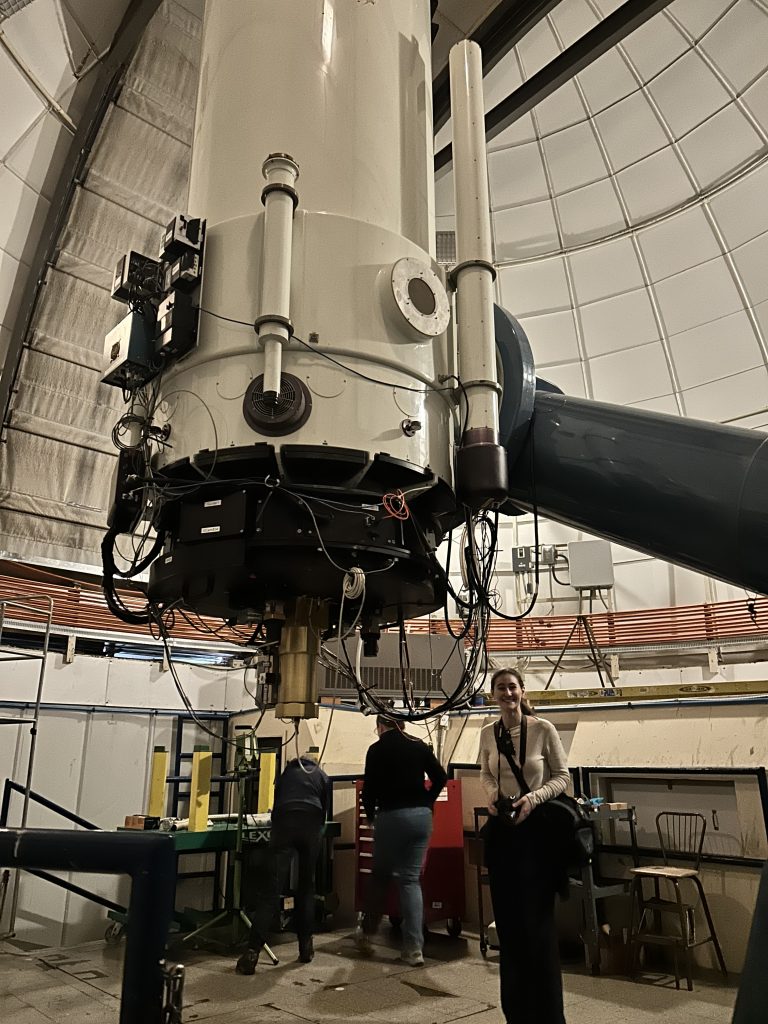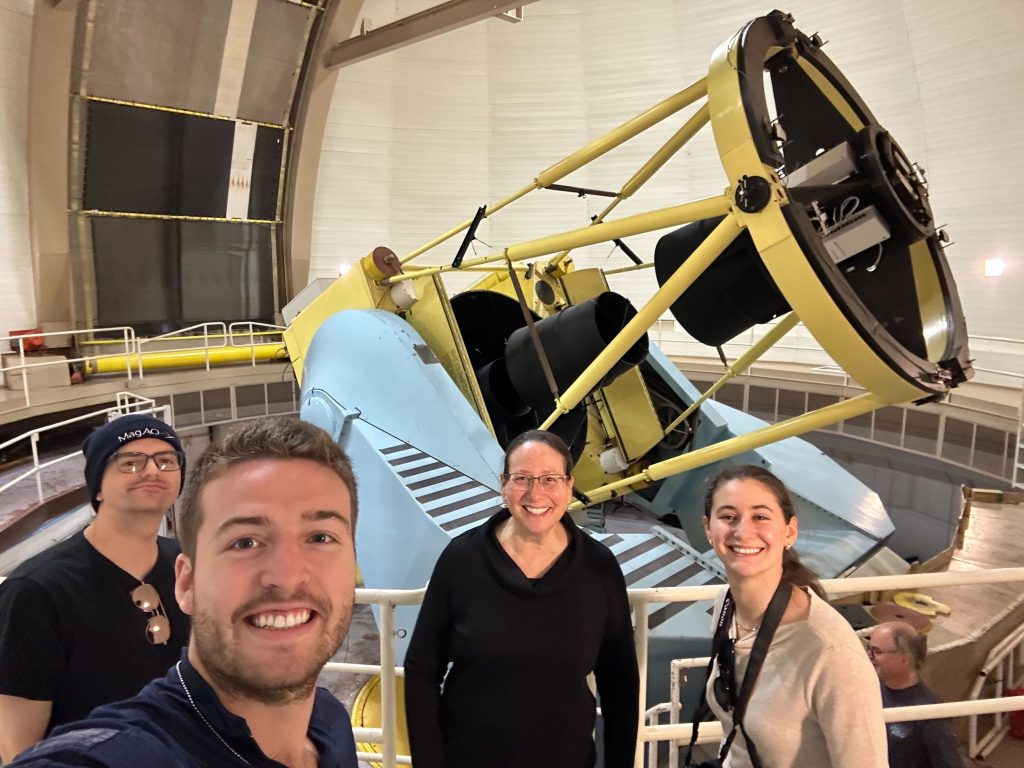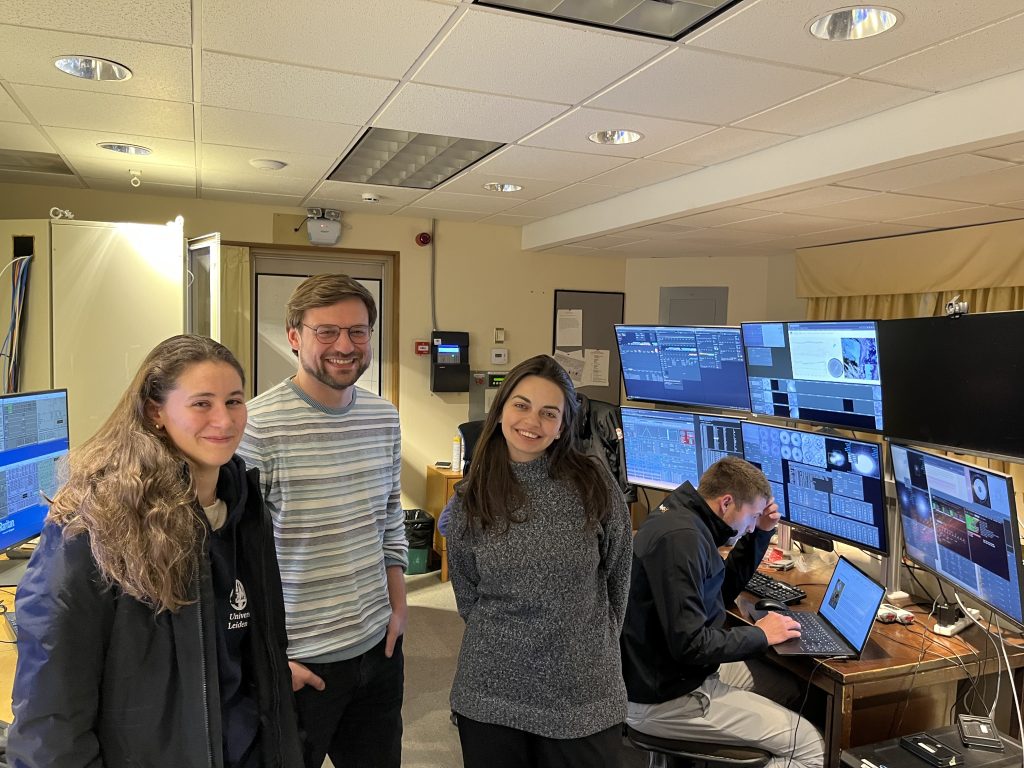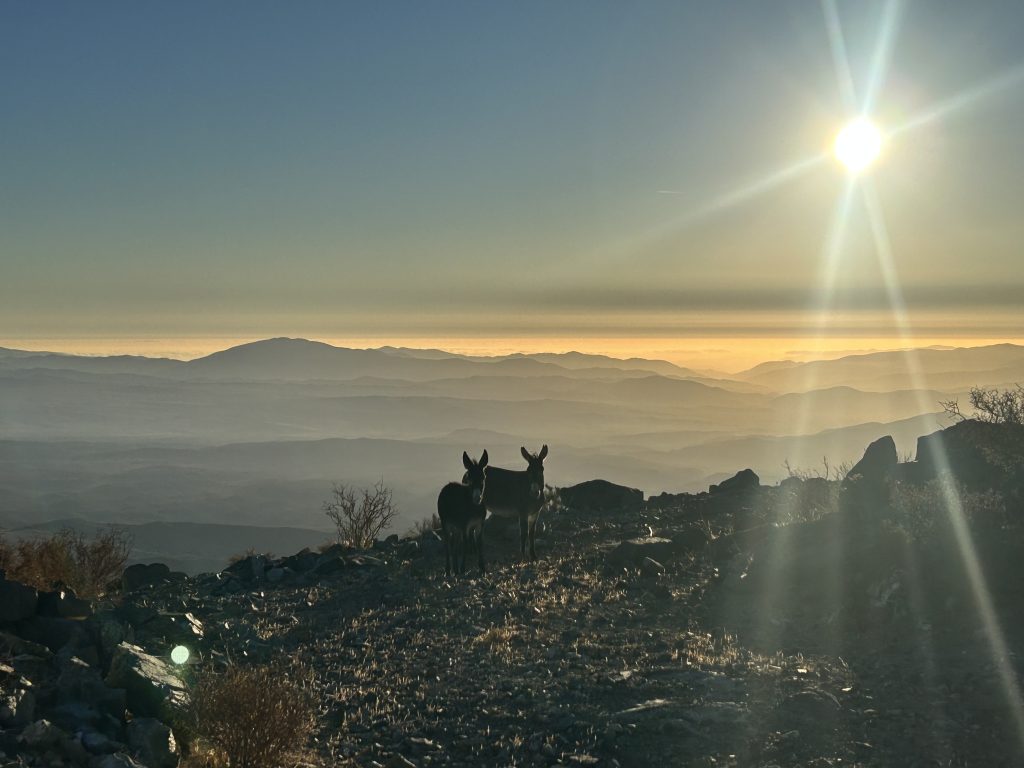Tonight started with Katie, Tiffany, and Josh as our dedicated graduate student MagAO-X operators. They were tasked with assisting Logan with her observing program in the first half of the night. While the conditions started out rough, they stabilized after an hour or two on sky.
When 1:30AM approached, it was time to switch to Eden’s observing program. She is on her second of 5 half nights during this run and is taking super interesting scientific observations using the newly commissioned PIAACMC which Elena has spent a lot of time getting to work on sky.
Exciting discoveries are already being made in our short time here at Las Campanas Observatory. Below are images in the z and r bands of two little guys hanging out around a star:
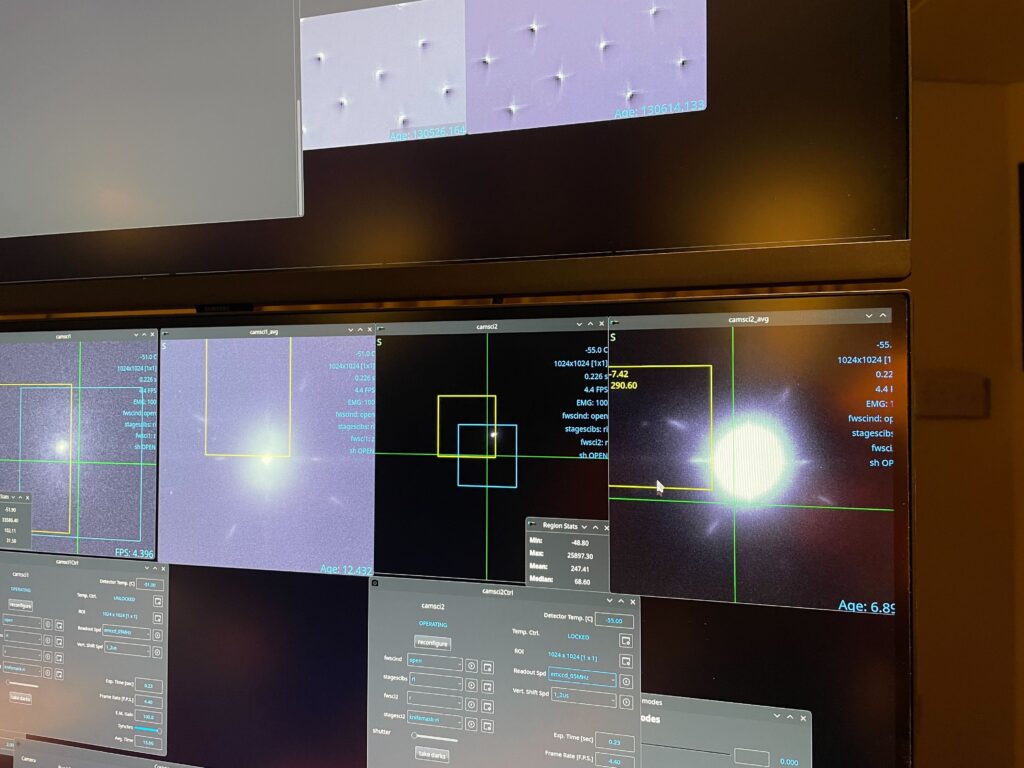
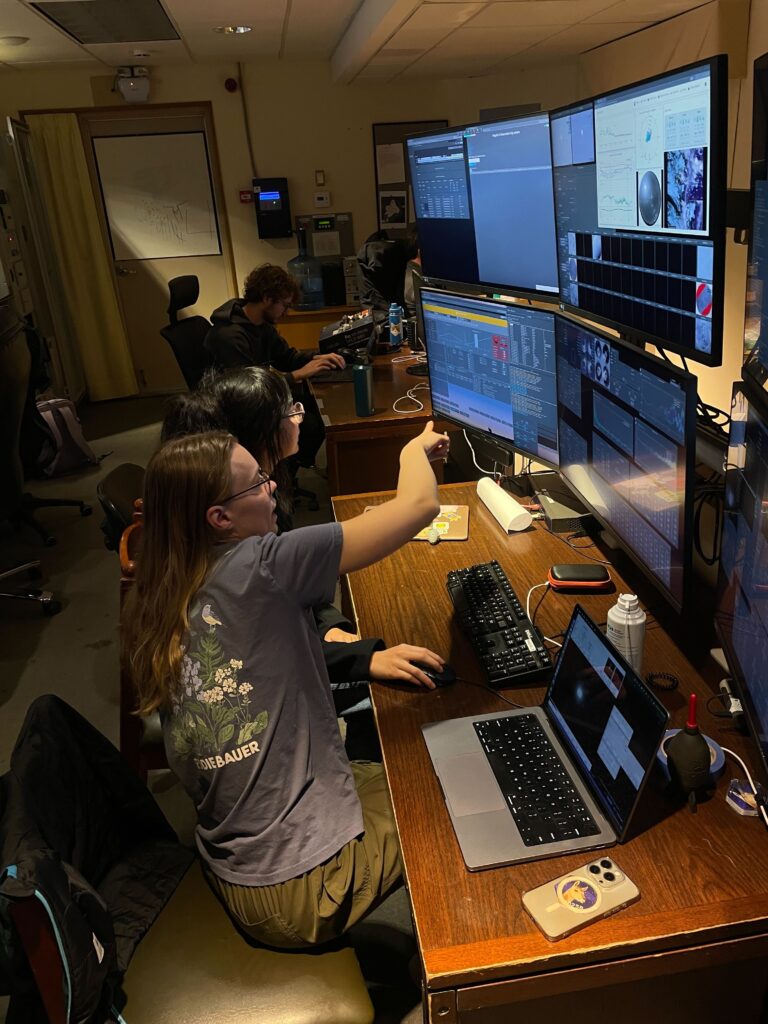
On top of spotting faint objects on sky, preliminary data reduction has shown there to be a super faint little guy hanging out near it’s host star:

Prior to the night beginning, our TO was nice enough to off to point the telescope towards the horizon so we could get some pictures with the primary mirror.
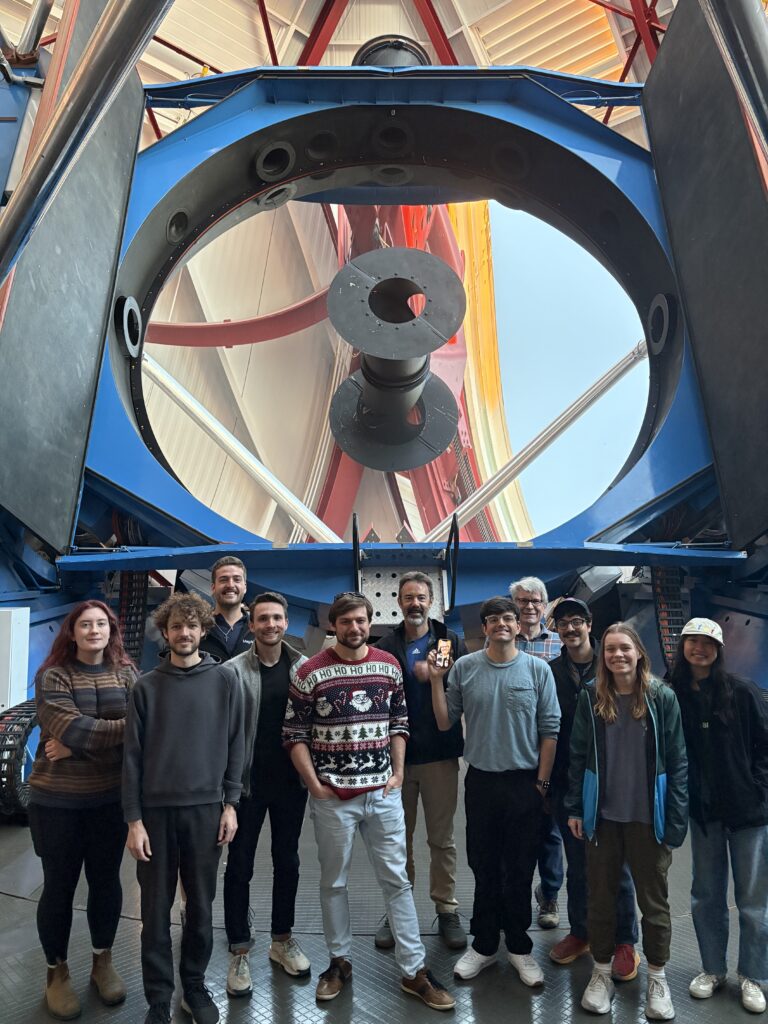
Miles was back at it with taking some phenomenal Chilean wildlife photos. Expanding our wildlife content beyond our beloved Vizzy.
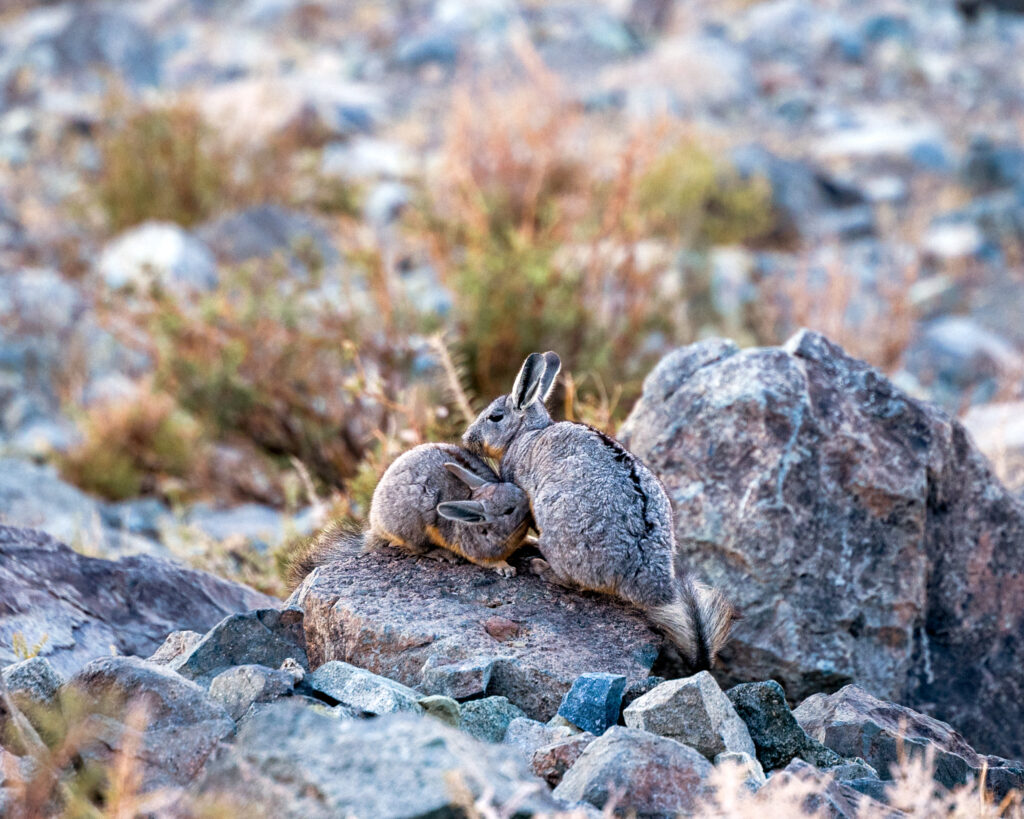
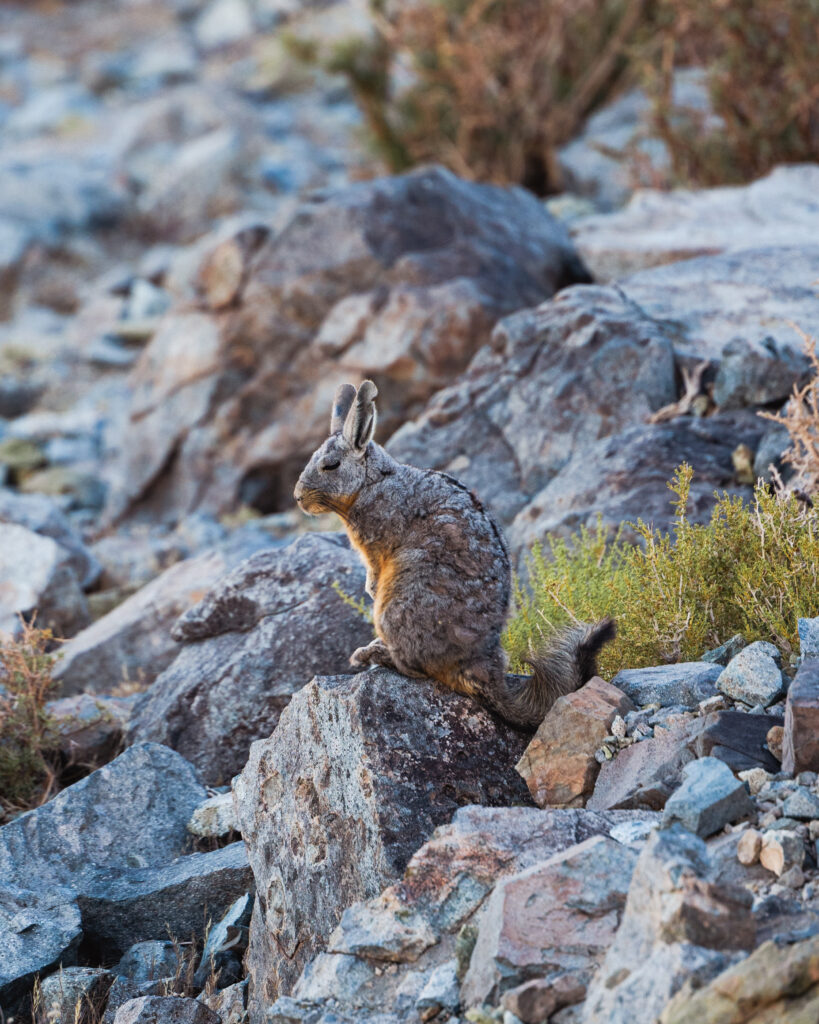
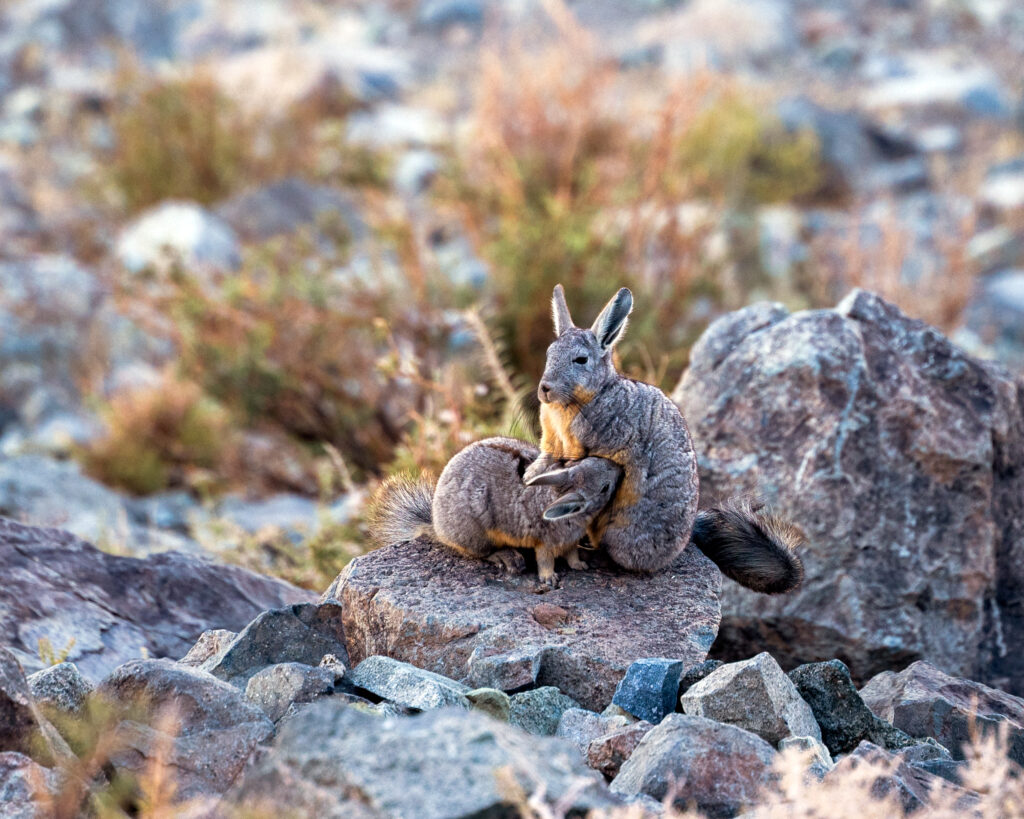
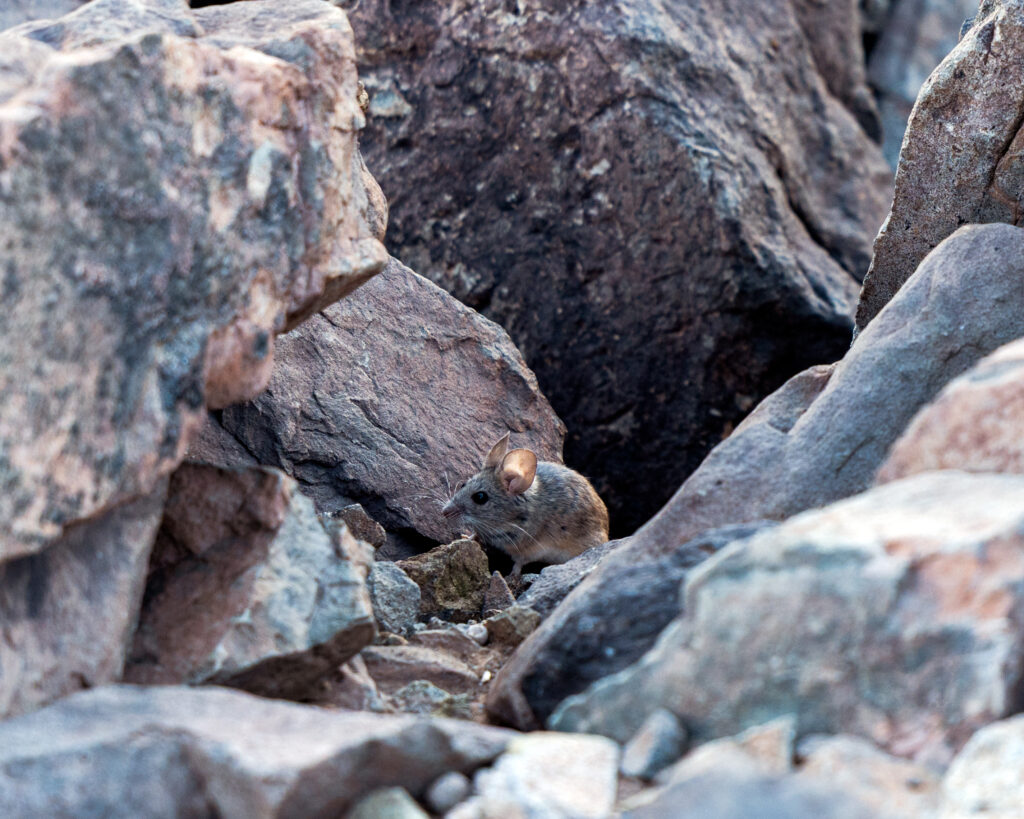
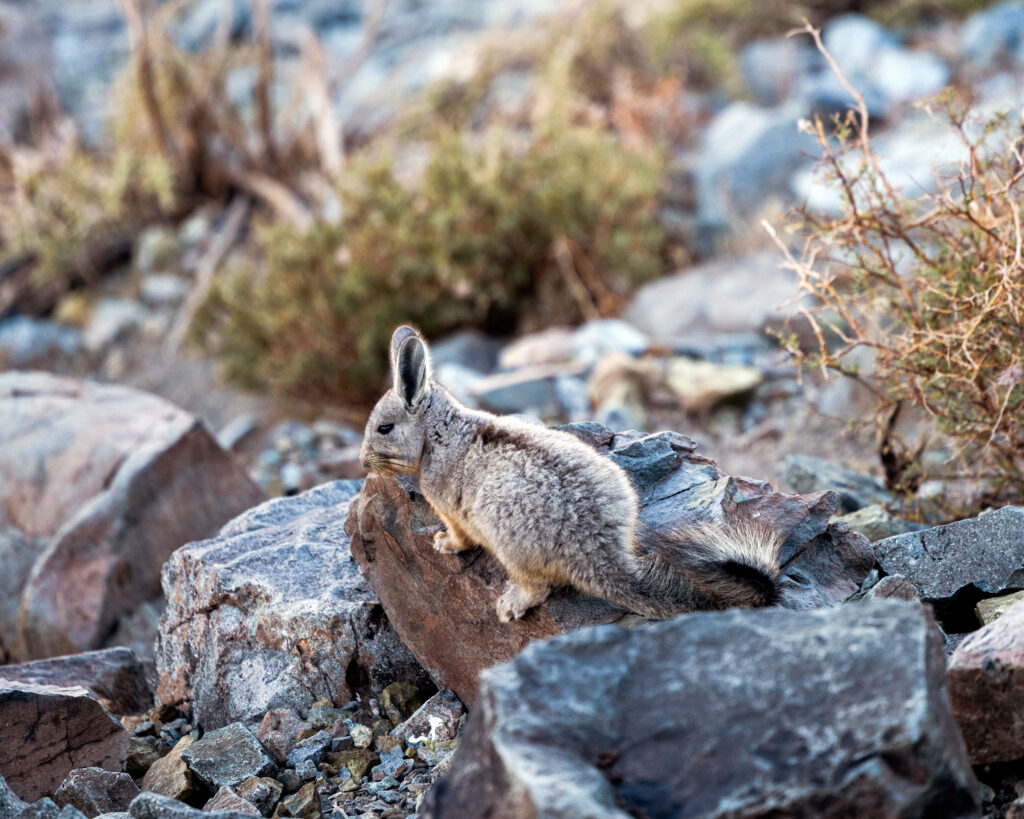
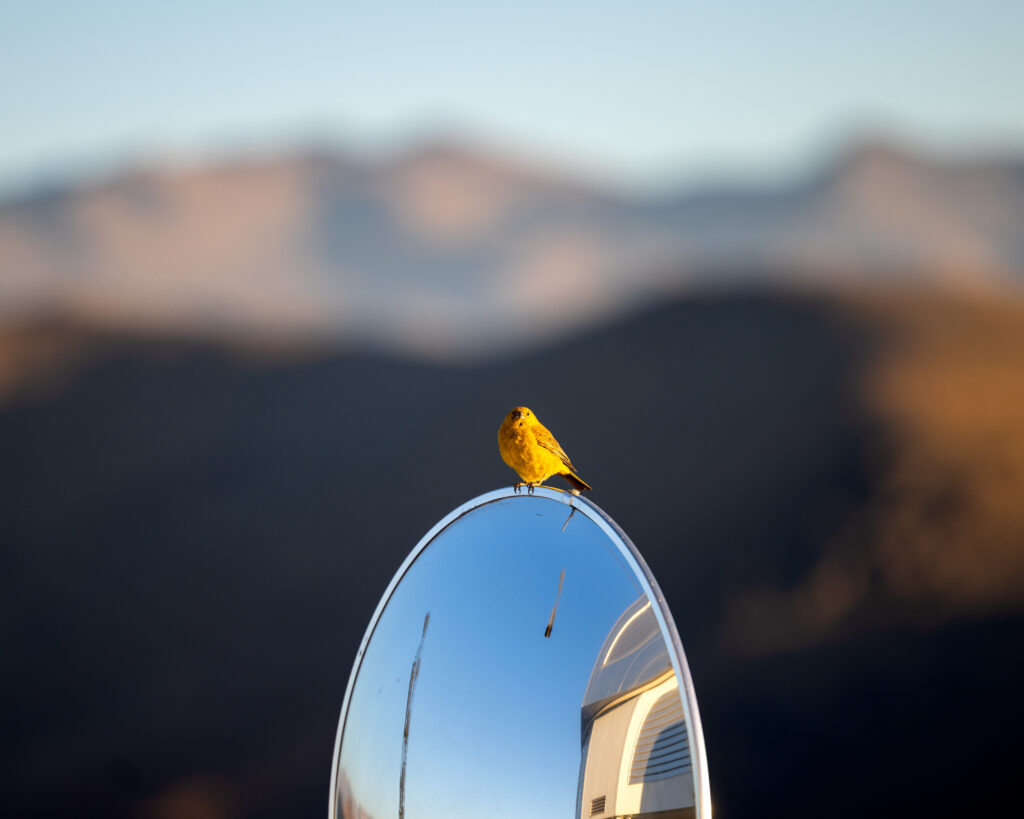
While Miles was capturing amazing photos of the smaller animals, I was back with the burros. Most days, they are very welcoming when I come by, but this time was the opposite of welcoming. Let’s just say, this was the last face I saw before I had to pack up and leave:
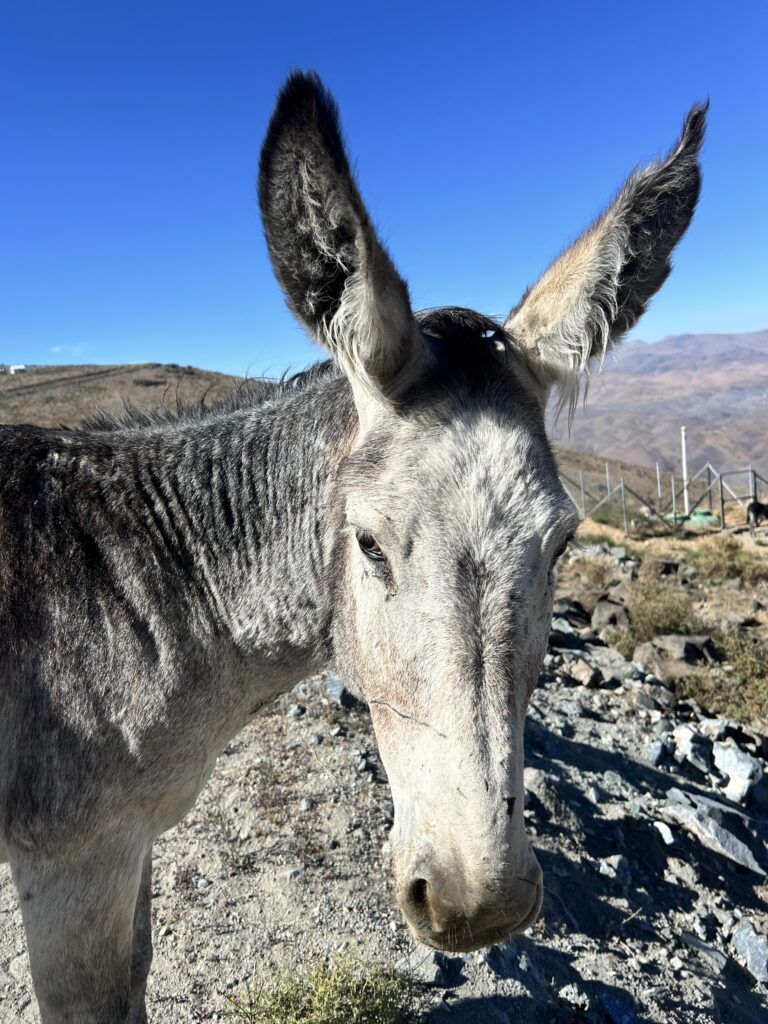
I can’t believe it is already December, but the holiday decorations are starting to pop up to remind us of what time of year it is.
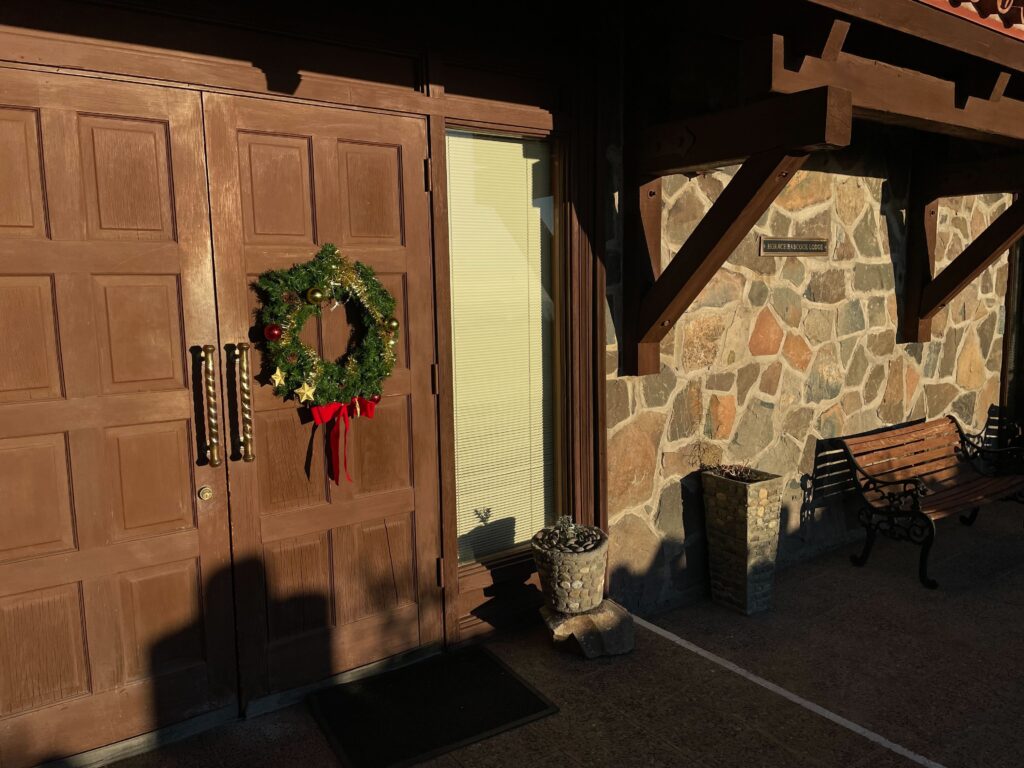
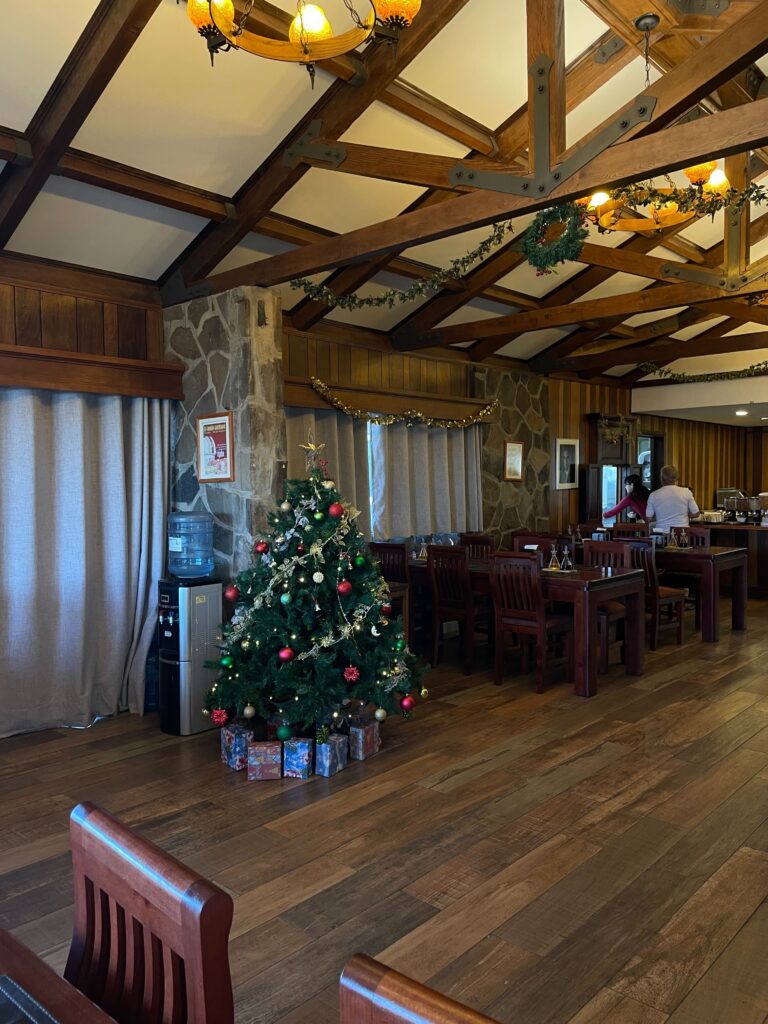
Fun Fact
Many people picture North Dakota as just endless farmland and cows, but here’s a fun fact: it actually has only 2.24 cows per person, ranking it as the third highest state for this stat. South Dakota, Jared’s home state, takes the top spot with an impressive 4.00 cows/person, while Nebraska follows closely behind at 3.31.
Song of the Day
